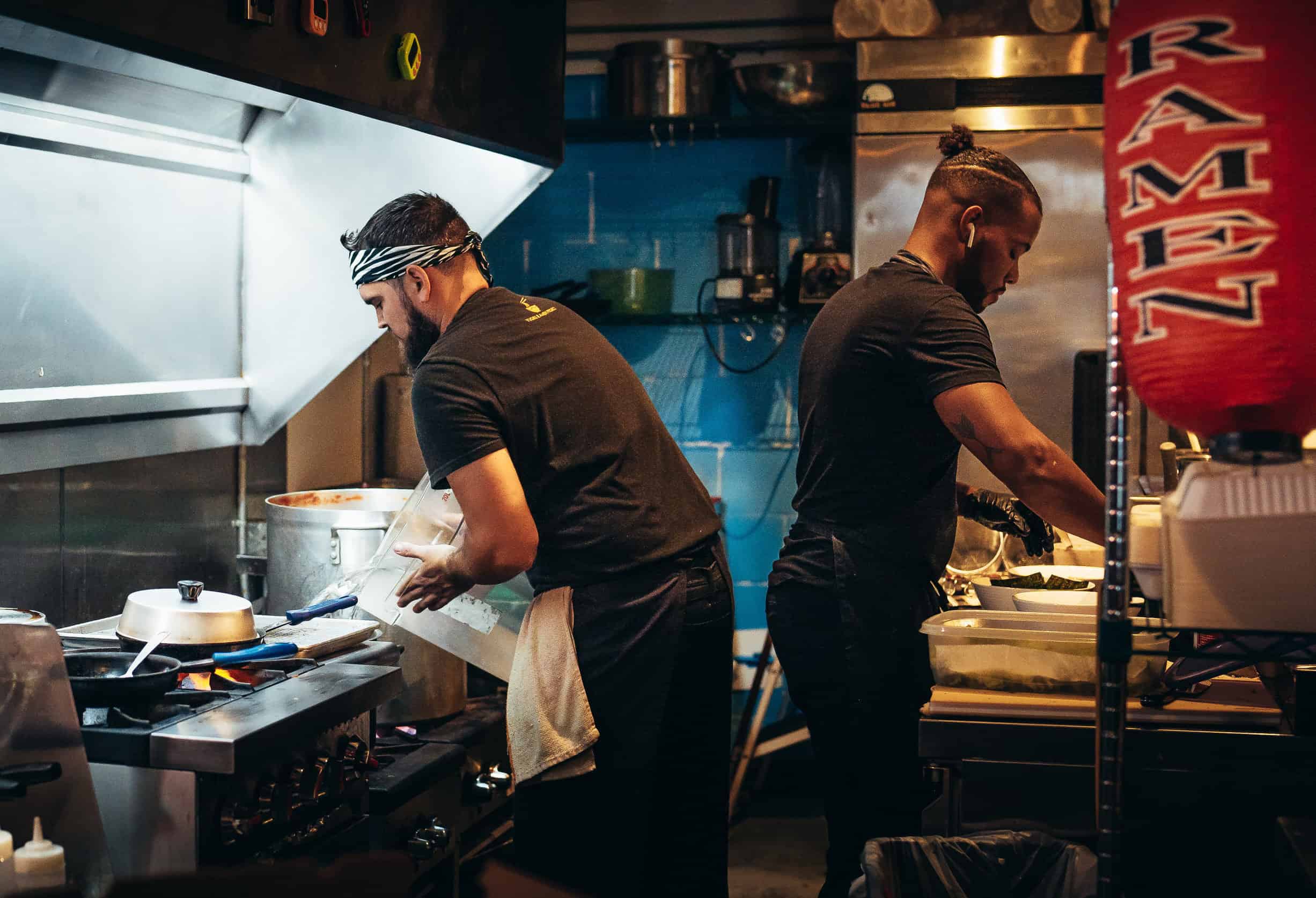
In the ever-evolving world of food delivery and takeout, a new phenomenon has emerged – the ghost kitchen.
These enigmatic culinary hubs have revolutionised the way we think about restaurants.
No longer bound by the constraints of physical locations, ghost kitchens exist solely to tantalise taste buds and satisfy cravings through the wonders of online ordering.
In this story, Jarrad Grigg from MenuZen.com delves into the captivating realm of ghost kitchens, where virtual brands flourish, data reigns supreme, and the art of delivery becomes paramount. Step into a world where flavor knows no boundaries, and innovation thrives behind the scenes.
Welcome to the ghost kitchen revolution.
“The allure of ghost kitchens is deeply rooted in their efficiency and cost-effectiveness,” says hospitality Grigg. “With no need for front-of-house staff or expansive dining spaces, overheads are drastically reduced, and businesses can focus their resources on food production and order fulfillment.”
Ghost kitchens also provide a space for chefs and entrepreneurs to test new culinary concepts with minimized risk. If one concept flops, they can pivot quickly, introducing a new menu under a different brand name, without the need for a physical overhaul.
Ghost kitchens wouldn’t work without the growth of food delivery apps. Apps like Uber Eats, DoorDash, and GrubHub have transformed the way consumers order food, with convenience becoming the most important factor. The growth of these digital platforms has made launching a ghost kitchen brand more accessible and effective than ever.
“Ghost kitchens are not only a trend but an evolution. They’re a smart response to our changing food consumption habits, brought on by technological advancements and shifts in lifestyle,” says Jarrad from MenuZen.
“Ghost kitchens are helping businesses stay current and resilient, especially during uncertain times. They allow restaurants to scale rapidly, test new markets, and meet the increasing demand for food delivery, all while maintaining quality and consistency.”
Given their impressive growth and undeniable benefits, it’s clear that ghost kitchens are not just a passing fad. As more restaurants, large and small, recognize their potential, we can expect this sector of the hospitality industry to expand even further.
Ghost kitchens are not merely surviving; they are thriving. This new breed of restaurants is reimagining the way we consume food, proving that even in an industry steeped in tradition, there’s always room for innovation.
As Grigg puts it, “We’re just scratching the surface of what ghost kitchens can achieve. The future of food is here, and it’s more exciting than we ever could have imagined.”
Related: The ultimate guide to London’s best caffs (not cafes)